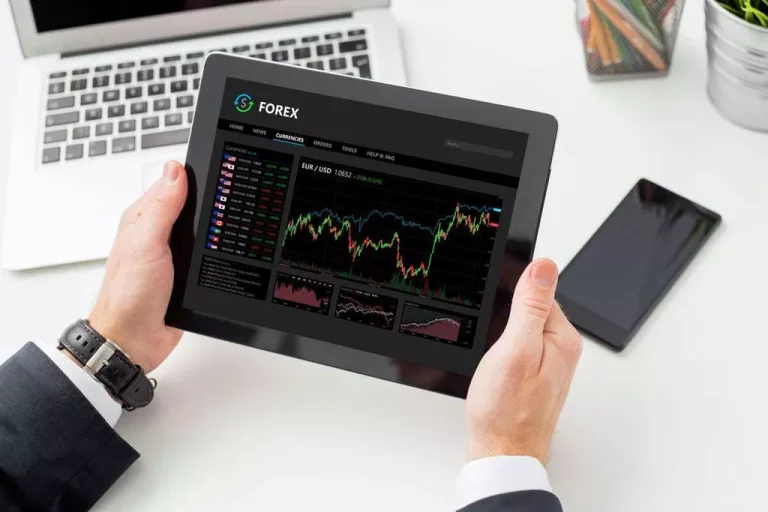This is to ensure that the trades will be executed seamlessly and that the trade won’t impact the stock price significantly. Calculating volume for a stock or an option is easy — It’s merely the sum of all of the shares or options contracts that changed hands during a specific period, usually a given day. Volume patterns provide an indication of the strength or conviction behind price advances or declines for a stock or sector or even the entire market.
- It can be measured on any type of security traded during a trading day.
- The importance of volume will vary depending on your investment goals.
- Technical analysts use trading volume data to assess the strength of a price movement and whether it’ll stay at its new level for very long.
- If the volume has a green bar, then the price rose during that period and it is considered by the market as buying volume (estimated).
Trading volume is a measure of how much a given financial asset has traded in a period of time. For stocks, volume is measured in the number of shares traded. For futures and options, volume is based on how many contracts have changed hands. Traders look to volume to determine liquidity and combine changes in volume with technical indicators to make trading decisions. Average daily trading volume (ADTV) is a metric used in trading to assess the liquidity and activity level of a security, such as a stock, bond, or commodity. It represents the average number of shares or contracts traded over a specific period, typically measured on a daily basis.
What Tracking ADTV Looks Like
Suppose you’re looking for investment opportunities for your individual retirement account (IRA) that you can put your money in and let it sit for years. Volume would be far less critical because you aren’t planning to sell your shares anytime soon. On the other hand, day traders who buy and sell stocks quickly should https://www.xcritical.com/ be far more concerned with a stock’s volume, because it’s an indication of how easily they can do so. In the wide world of stocks, “volume” represents the number of shares traded during a defined period, typically a day. When you’re looking at the stock market, “volume” is the same thing as “trading volume.”

The voluntary carbon market can mobilize private finance for the nature-based solutions that are needed to help meeting global climate change targets. The value of shares and ETFs bought through a share dealing account can fall as well as rise, which could mean getting back less than you originally put in. Where EMA1 is the fast volume moving average, and EMA2 is the slow volume moving average. The main reason for the change in volumes is the reaction to the news.
Tracking on-balance volume
Nvidia became the talk of Wall Street, and the high volume underscored this narrative. If you want to look at dollar volumes, Nvidia started the year with a daily trading volume of $866 million. Twelve months later, Nvidia popped the next year’s champagne how to increase trading volume with a 30-day average dollar volume of $15.1 billion. In other words, Nvidia’s dollar volume multiplied by 16 in a single year. When the bars on a bar chart are higher than average, it’s a sign of high volume or strength at a particular market price.
Then a downward movement begins again, confirming the increase in traders’ activity with a large volume compared to the previous period. When you look at daily trading volume, don’t just look at the trading volume for that particular day. This could be a small-cap stock that popped or dropped on the news. Instead, look at the three-month average daily trading volume, which will give you a much better idea of whether the stock offers liquidity.
Trading volumes FAQ
A stock’s volume is the number of shares traded in a given period. Traders and investors use the metric to gauge the interest in a security to help them make trading decisions. When trading volume is up—whether it’s buying or selling volume—it means the security is gaining attention and trading activity is increasing. The following week, the share price of ABC stock decreases by 10% in one trading session after being in an uptrend for six months. More significantly, the trading volume spikes higher when compared to its average daily trading volume (ADTV). The red bar that appears indicates a sharp current surge in trading volumes but does not guarantee the uptrend continuation.

Of course, there is no guarantee that these indicators will accurately foretell where a stock or the overall market are headed. Suppose the price and volume of a particular stock have been high for many months. If investors see that volume has started to trend downward, they may take that as a sign that a decline in the price is also coming. A higher volume of sales in a store is a sign that the products the store is selling are in demand.